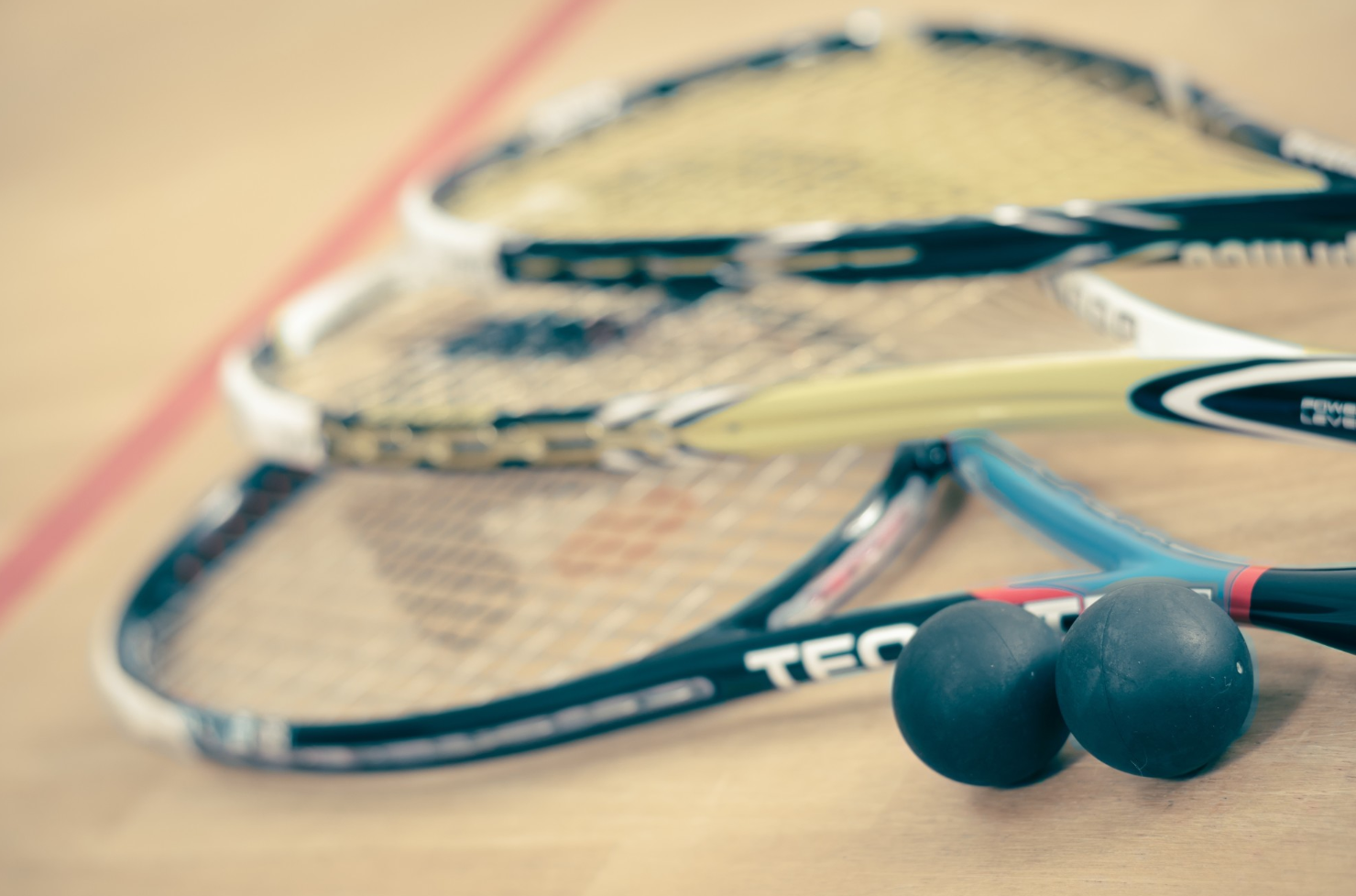We’re not talking about gourds.
The sport squash isn’t as pervasive as the football, basketball, hockey or baseball you see on TV. But it’s just as fun and competitive as any other sport — and, now, you want to try.
Before you do, though, you need to learn squash rules. Read on to get ready for your next match.
Squash Rules
There’s a lot to learn here, but, once you have it down, you can confidently hit the court with the following pieces of required equipment:
- Racket — if you don’t have one, check out squash racket reviews at Squash Expert
- An approved squash ball
You’ll also need an opponent against whom you’ll play. And, you need to brush up on the rules of the game.
Service
Firstly, you have to figure out who gets to serve first. You can flip a coin or spin a racket. Either way, the winner serves and continues to do so until they lose a point.
On the first serve, you can stand on either side of the court and fire the ball from the service box. With each follow-up serve, you will alternate the service box in which you stand.
Serves have to land in the back quarter of your opponent’s side of the court. If not, you’ll be faulted. You can pick up service faults for missing the lines, hitting the ball out of bounds and more.
Play
Once the ball has been properly served, it stays in play until it hits the out line, the tin line, or bounces twice while in bounds. Service faults also stop play.
You can also return the ball before it bounces, so long as you hit it above the tin, too. If it touches your clothes or you, then it doesn’t count.
Points
You earn points in squash if:
- The server can’t hit the ball inbounds for the striker to return
- The striker can’t return the ball to continue volleying
- The ball hits the striker as they move toward it to hit it
- If one player loses their racket or otherwise distracts their opponent
- If the ball reaches the ceiling or any other object on the squash court
Lets
Sometimes, the server gets a second chance at serving. Lets may happen when:
- The striker doesn’t return because they don’t want to hurt the server
- The striker is interrupted but would have otherwise hit the ball
- The referee can’t decide to accept or deny a player’s appeal
A let happens when:
- The squash ball breaks
- The striker isn’t ready and doesn’t even try to return the ball
- The ball hits the striker while they’re on the way to return it, but it would have otherwise been hittable
- The ball goes out of bounds after the first bounce, despite it being a good return
Get Out of the Way and Play
Finally, your squash rules dictate that you move so that your opponent can play their turn. That way, they have all the space and visibility they need to hit the ball and keep the game going.
Those aren’t all the squash rules, but they should be enough to get you started. So, brush up and get on the court — you have a game to play.
And be sure to check back with our blog for all the lifestyle tips you need — sports and beyond.

Leave a Reply